Description
In the high-voltage corridors of industrial automation, where circuit breakers must snap open or closed with unerring speed to interrupt faults without arcing or mechanical hesitation, the pitfalls of sluggish response times or inadequate contact reliability can spell disaster—envision a substation where delayed tripping cascades into equipment meltdown, or a wind farm where breaker chatter under gusty loads erodes grid stability, spiking repair costs and blackouts in utility backbones. These pressures intensify in medium-voltage setups, where electromagnetic transients and environmental extremes test the limits of protection schemes, demanding modules that fuse precision actuation with robust diagnostics to safeguard assets and uptime. This is the arena the ABB HBFFAEAGNBA1BAA11G commands as a specialized relay coil assembly within ABB’s Relion series, optimized for driving vacuum interrupters in ANSI-compliant breakers, delivering the pulse that turns protective logic into decisive action for process control in power distribution.
Engineers fortifying protection relays in aging grids or scaling renewables often clash with coils that falter under inrush currents or fail to sync with microprocessor commands, breeding false opens or wear that fragments system integrity and invites regulatory flags. The ABB HBFFAEAGNBA1BAA11G steps up as a vital cog here, engineered for seamless integration with REF615 or similar IEDs, where its close-open mechanism ensures sub-cycle operation across 69-145 kV classes, crucial for arc-flash mitigation in industrial plants or transmission nodes. It’s indispensable in scenarios like retrofitting legacy breakers for digital overlays, where high-reliability tripping directly curbs arc energy and operational risks, averting the domino of downtime that stems from unreliable actuation. Devoid of such a component, you’d wrestle with custom adapters or frequent coil swaps, rerouting expertise from fault analysis to fix-it frenzies amid tightening decarbonization timelines.
As electrification grids morph toward smarter, distributed edges, the imperative rises for actuator parts that weave in self-monitoring without swelling panel bulk. The ABB HBFFAEAGNBA1BAA11G thrives with its capacitor-discharge architecture, storing energy for rapid strikes while buffering against voltage dips, and ties into bus diagnostics for predictive alerts—recasting remote breakers into vigilant sentinels. This coil transcends replacement fodder; it’s the nerve that channels relay intelligence to mechanical muscle, arming your crew to extract foresight from trip histories rather than sifting debris from failures. In standards-bound domains like utilities or heavy industry, where breaker performance anchors reliability indices, it steels automation against transients, paving scalable paths to resilient, low-latency protection.
| Specification | Details |
|---|---|
| Model Number | HBFFAEAGNBA1BAA11G |
| Brand | ABB |
| Type | Relay Coil Assembly |
| Input Voltage | 48-125 V DC / 120-240 V AC |
| Operating Temp Range | -40°C to +85°C |
| Mounting Style | Panel / Breaker Frame |
| Dimensions | 150 x 100 x 80 mm |
| Weight | 1.2 kg |
| Interface/Bus | Binary / Shunt Trip |
| Compliance | ANSI C37.59, IEEE, CE |
| Supported Protocols | Hardwired to IED |
| Typical Power Draw | 50 VA (inrush) |
The ABB HBFFAEAGNBA1BAA11G embeds at the effector layer of your protection stack, converting binary outputs from intelligent electronic devices (IEDs) like the REF615 into electromagnetic pulses that engage vacuum bottle contacts, positioning it as the swift executor in ANSI breaker frames where it latches via lugs to the operating mechanism for minimal latency. It draws from control power supplies to charge capacitors, discharging in milliseconds to close or trip poles, while interfacing with shunt or UV trip coils in a modular bay that funnels commands from upstream SCADA without taxing logic solvers—conceive it as the decisive spark in a fault chain, igniting mechanical separation to quench arcs before they bloom.
Operational synergy marks its hallmark: energy storage sustains strikes amid brownouts, with dual-coil options for redundant paths that failover in under 10ms, preserving isolation during online tweaks. Wire it through compression terminals for vibration-proof bonds, and health signals—like coil resistance or charge status—route back via auxiliary contacts to the IED’s event recorder, enabling HMI dashboards to flag degradation from harmonic stress. In three-pole configs, it synchronizes with CT/VT feeds for phase-selective trips, upstream sipping trip signals from overcurrent elements and downstream quenching faults up to 40 kA, all field-configurable for AC/DC versatility. For fleet upgrades, the ABB HBFFAEAGNBA1BAA11G retrofits legacy VD4 or AMVAC housings with bolt-in ease, hot-commissionable to expand protection without outages, bridging analog roots to digital sentience in a fabric that anticipates surges over amplifying them.
Electing the ABB HBFFAEAGNBA1BAA11G endows your breakers with actuation acuity that thwarts the specter of delayed interventions, paramount in schemes where trip rapidity curtails incident energy below 1.2 cal/cm² thresholds. In the fray of fault clearing, this begets grid poise that endures—poles part cleanly without bounce, honing selectivity in meshed networks and forestalling the collateral from upstream misfires that beleaguer sluggish coils. The capacitor backbone, furthermore, insulates against supply sags that might hobble spring mechanisms elsewhere, empowering your relay techs to hone schemes over hardening power rails, which contracts test windows and inoculates versus the accrual of nuisance logs from marginal performance.
This assembly’s pedigree inclines toward the gauntlet of grid grit, with thermal envelopes that grip efficacy through cryo winters or desert heats, alleviating the bespoke enclosures that encumber lesser parts in remote vaults. Field hands tap its diagnostic echoes to autopsy trips, frequently unearthing contact pitting ere it strands strings, which accelerates forensics and stretches overhaul cadences in the deal. Forged for the unsparing tempo of fault duty, it locks in performance constancy that dovetails with reliability mandates, its lean draw easing battery strains in solar-bolstered substations. And its frame affinity pares retrofit rigmarole, fusing to existing rods sans rethreading, so your modernizations march measured.
Yet more, the ABB HBFFAEAGNBA1BAA11G nurtures extensibility: firmware-agnostic ties graft to evolving IEDs, stewarding worth as Relion evolutions layer AI trip logic. This flex eases attestation loads, with actuation timestamps buttressing NERC audits bereft of add-ons. Fundamentally, it’s a keystone for kinetic guardianship, where incisive coil command culls exposures from edge to enterprise, transmuting breaker blind spots into bolstered bastions.

HBFFAEAGNBA1BAA11G
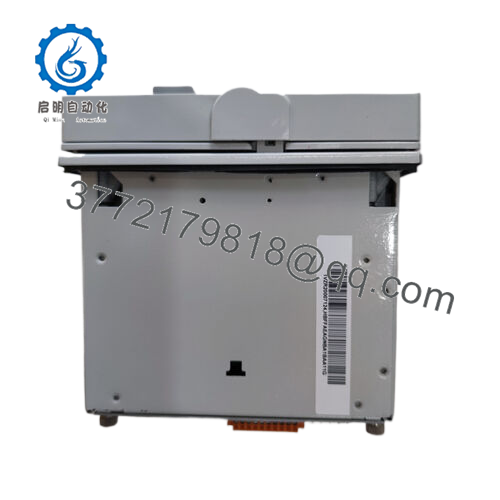
HBFFAEAGNBA1BAA11G
In transmission substations, the ABB HBFFAEAGNBA1BAA11G actuates SF6-free vacuum breakers for line sectionalizers, pulsing through 138 kV faults amid lightning barrages and seismic quakes, where its energy reserve and ANSI sync secure critical system uptime in process control environments that hinge on zonal isolation to avert cascades. High reliability endures in sustaining VAR flows without flashovers.
Offshore wind arrays enlist the ABB HBFFAEAGNBA1BAA11G to trip collector breakers under nacelle gusts, weathering salt spray and cyclic loads with rapid discharge that counters crowbar inrush—key for continuous uptime in process control where breaker alacrity guards turbine strings from desyncs that dent yields.
Data center UPS vaults deploy the ABB HBFFAEAGNBA1BAA11G for MV transfer switches, engaging under harmonic deluges from server farms with isolated actuation that upholds high reliability for load handoffs, vital in process control environments demanding sub-cycle shifts to nix outages that tally in millions per minute.
HBFFAEAGNBA1BAA11F – Preceding variant with AC-only drive for legacy 60 Hz grids.
HBDAACADNGA1BNN11G – Analogous coil for differential trip schemes in REF615 bays.
HBFGDAAHNDCCBNA11G – Enhanced model with integrated UV release for undervoltage apps.
HBFHAEAGNBA6ANN1XD – High-inrush edition for generator protection in power plants.
REF615 HBFDACADABCIANN2XE – Paired IED module for feeder management tie-ins.
HBFFAEAGNBA2BAA11G – Upgraded dual-redundant coil for SIL 3 loops.
1TGE120028R0010 – Complementary contactor for auxiliary interlocking.
Before bolting the ABB HBFFAEAGNBA1BAA11G into your breaker frame, vet voltage polarity against the IED’s output map—reversals jam latches; ABB’s relay sims forecast this off-grid. Sum inrush across poles to peg supply sizing, and gauge enclosure IP against coil heat, as clustered trips nudge internals past 70°C—vent with 100 CFM if seals tighten. Torque lugs to 15 Nm for seismic hold, and pulse a bench discharge to assay timing, surfacing capacitance leaks pre-rack.
Upkeep orbits deliberate diligence. Biweekly, log coil resistance via the IED—jumps over 5% signal winding fatigue, remediable with dielectric checks at ports. Semiannually, stroke the mechanism dry to affirm travel, buffing terminals in humid climes to repel verdigris. Collate trip stats yearly to divine wear curves, often from duty cycles nearing 5k ops, and mesh with Doble tests by faulting auxiliaries. These rites, knit to patrols, perpetuate the coil’s celerity sans scripted stalls, unspooling acuity that pilots preempts sagely.

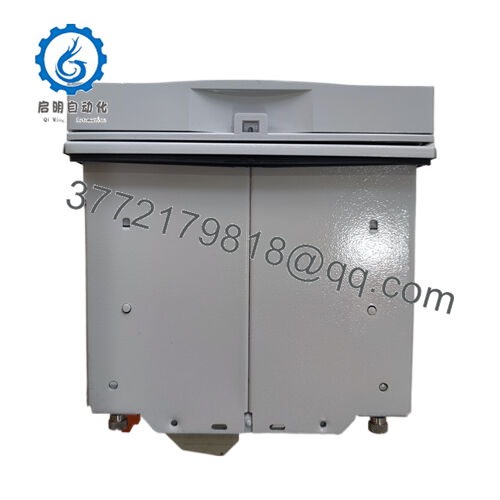
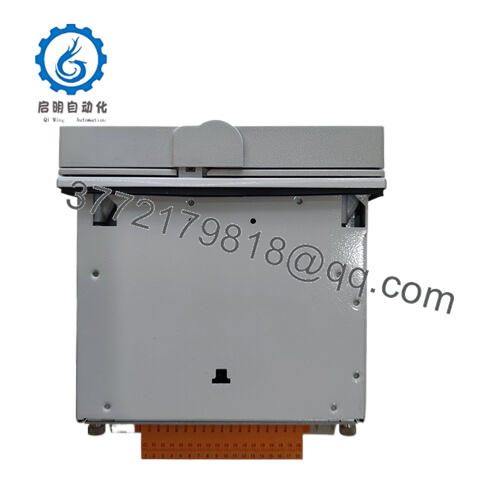
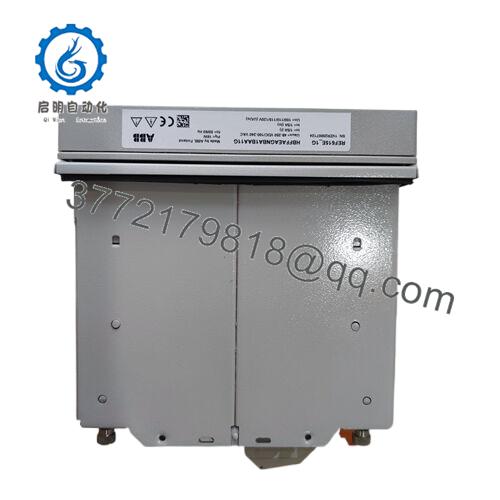
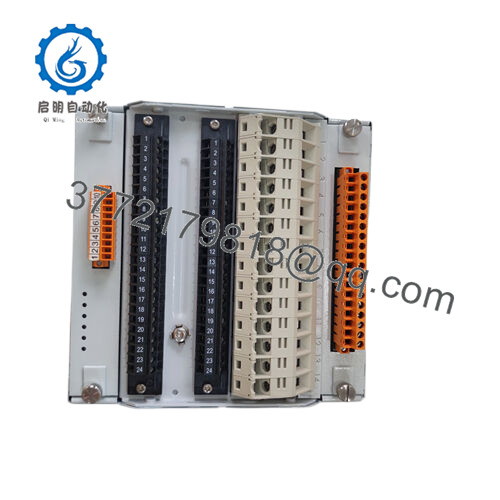
 WhatsApp: +86 16626708626
WhatsApp: +86 16626708626 Email:
Email:  Phone: +86 16626708626
Phone: +86 16626708626


